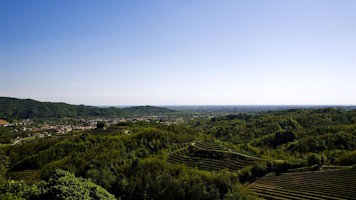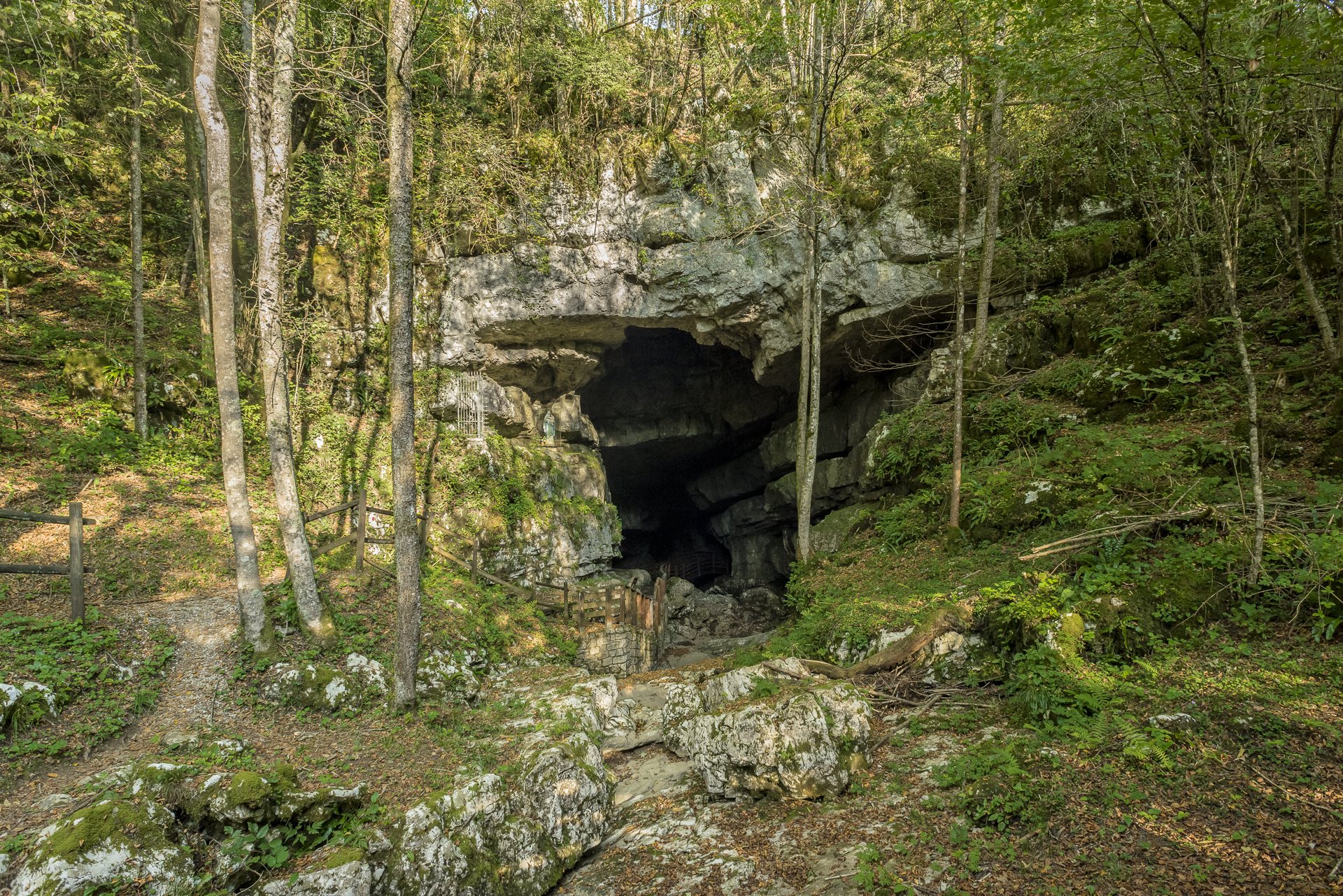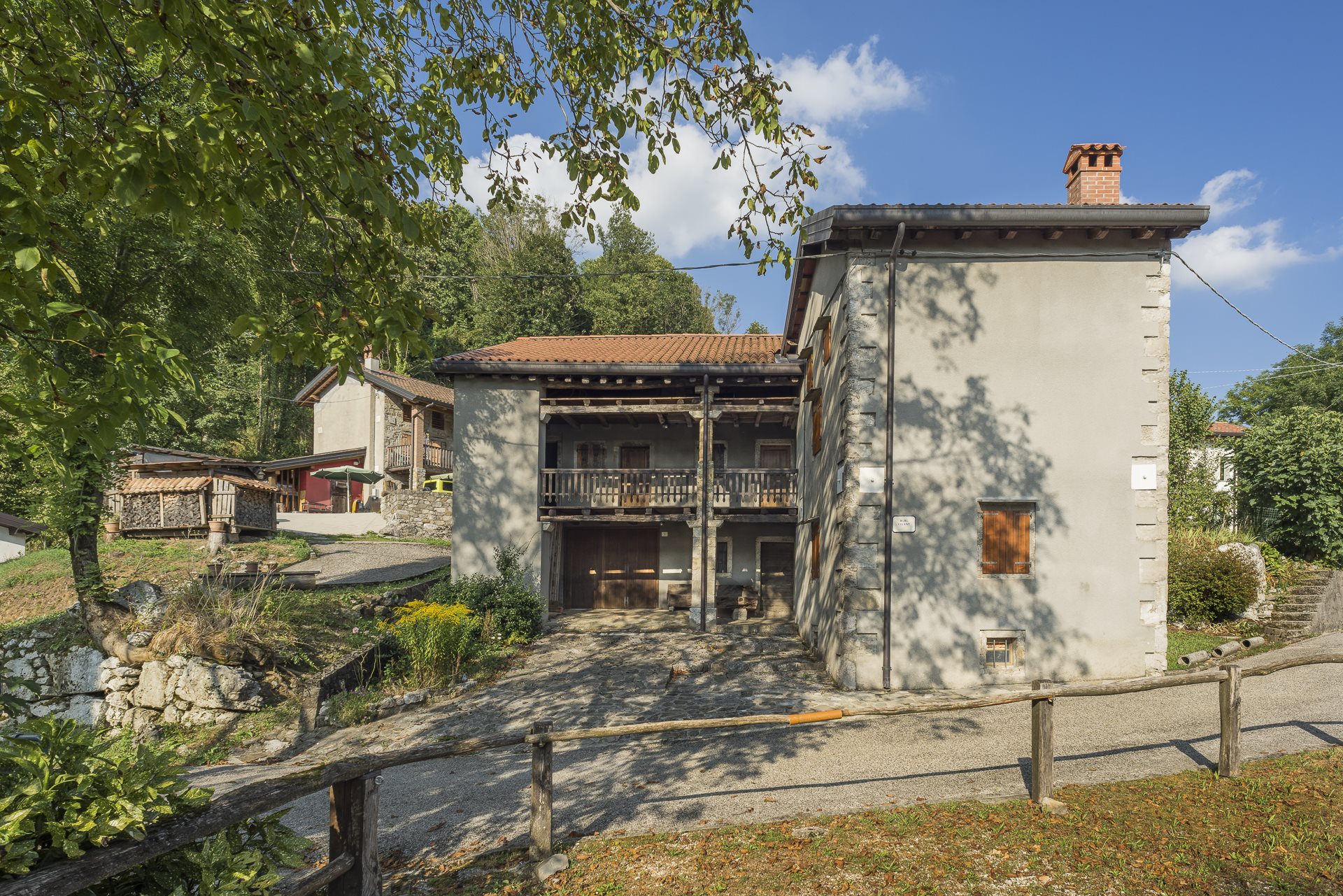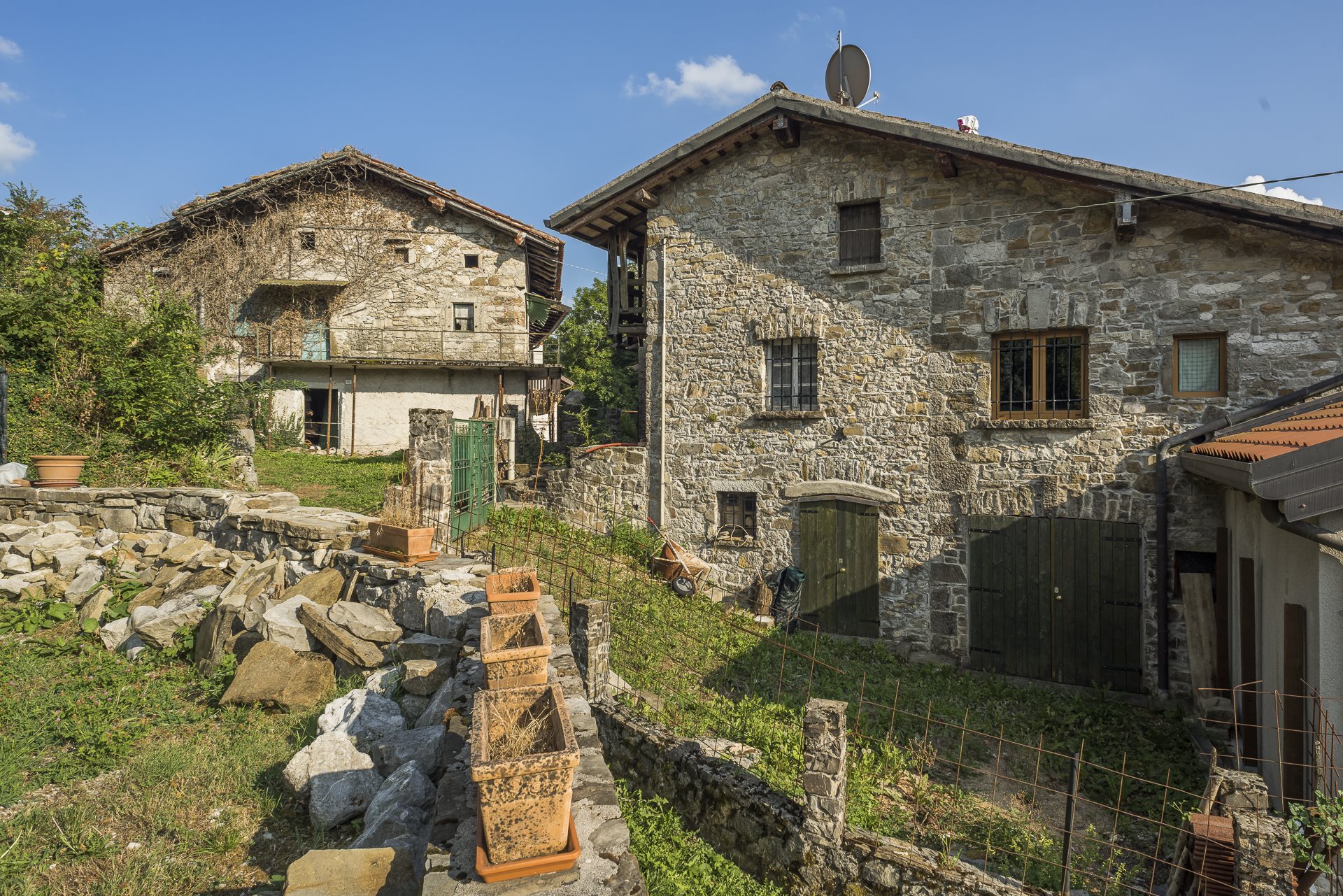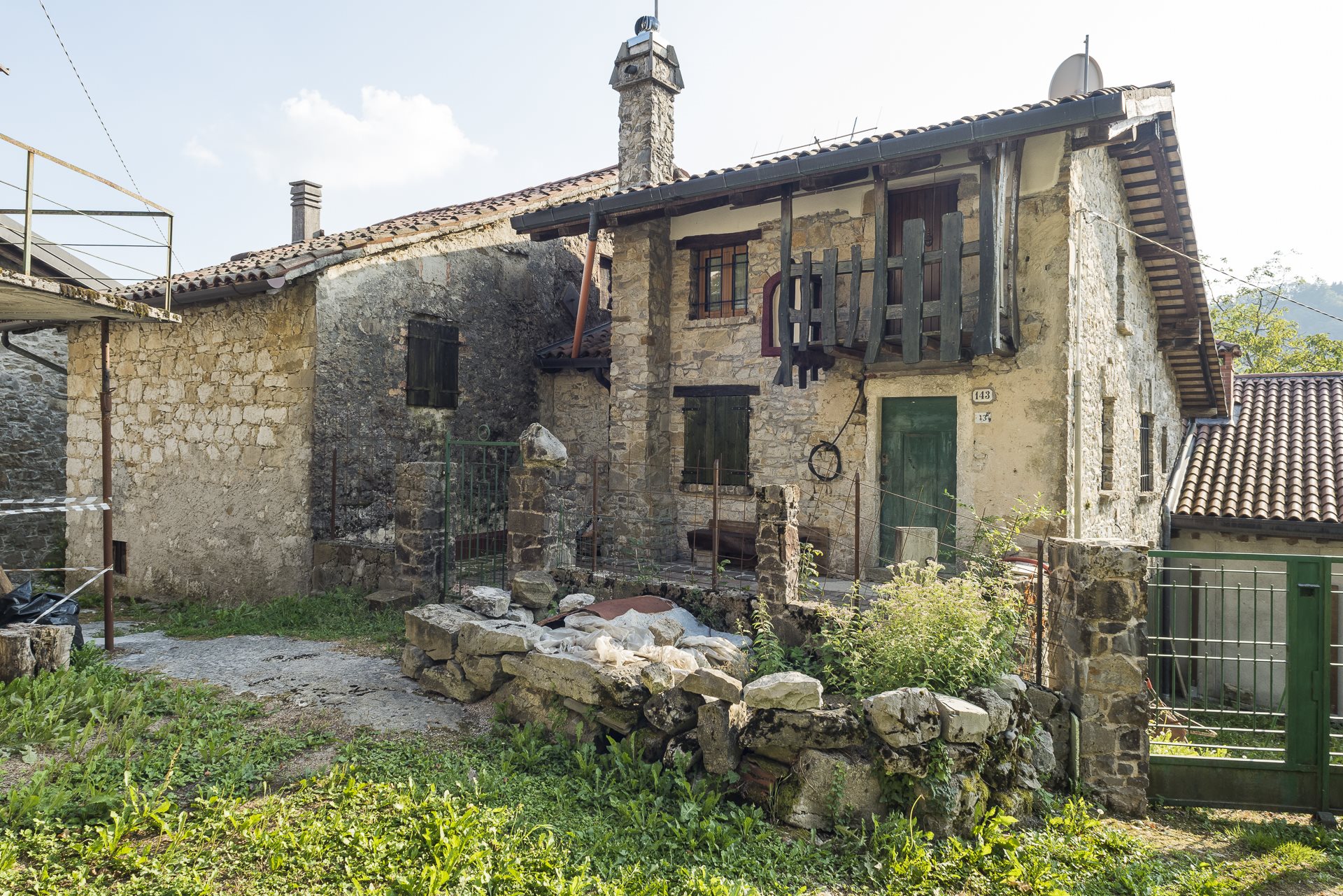The village is located near the Cornappo stream, in an isolated position. During the Patriarchal and Venetian dominions, the village was administered by the Brazzà Cergneu lords. Today, it is still characterized by traditional 18th-19th century architecture: buildings with wooden balconies and loggias, rising two stories plus the granary, with stone pillars in the main façade, supporting the wooden frameworks with racks. Two stone pillars located near the water basin in the center of the village are what remains of a typical loggia construction damaged by the 1976 earthquake. The Vigant cave, known as Olobigniza (small mouth), opens at 540 meters above sea level, with a majestic portal at the foot of a limestone wall, at the end of a closed valley on Eocene terrain. The cave has been known since the last century, but while the initial part was easily explored at the beginning of the century, the bottom of the Vigant abyss was reached only in 1949, due to difficulties linked to a series of vertical shafts (one of which is 80 meters deep) and by the shortage of speleological materials. In 1965, the long siphon connecting the two caves was forced, making the underground space unique. Research conducted during the 1977-78 biennium led to the discovery of new secondary branches, further increasing the underground surface beyond 1,700 meters. Accessibility: from the first houses of the village, a path quickly leads to the cave entrance.









